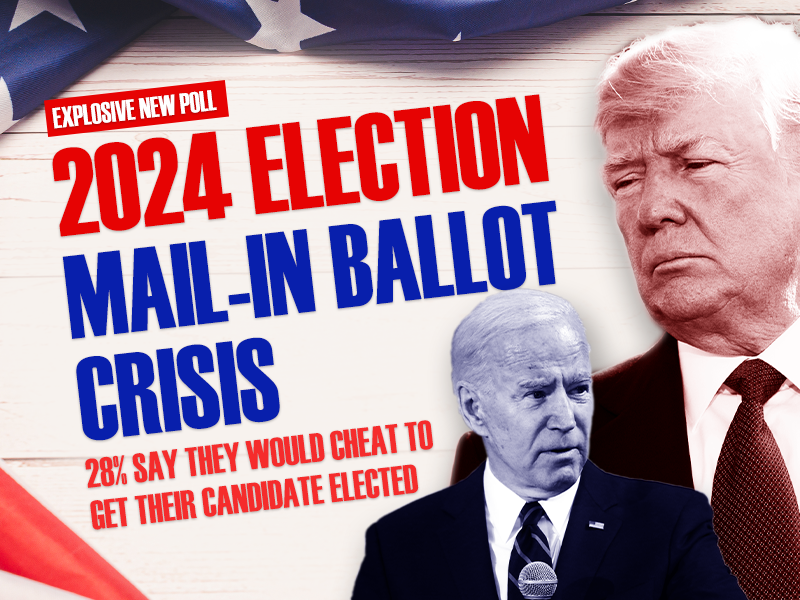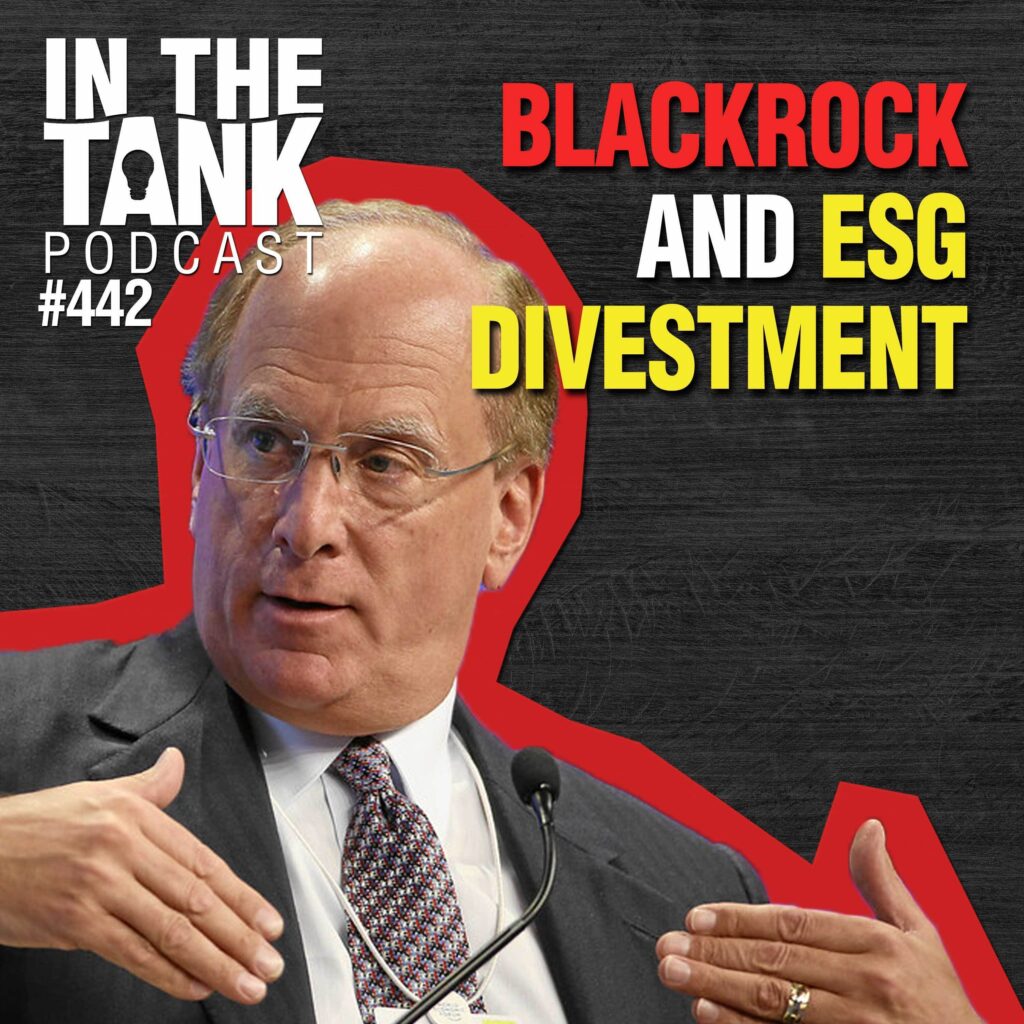FCC staff just muffed an easy opportunity to advance the IP transition on the FCC’s timetable in the National Broadband Plan.
Apparently FCC staff missed the big picture here.
1. On November 25th, AT&T proposed a baby step forward in the IP Transition.
AT&T did not propose any change in special access rates. AT&T simply proposed that its special access contract term-lengths, synch up with the FCC’s own goals for when the IP transition should be complete.
Instead of promoting investment certainty — by respecting its own IP transition timetable that the private sector has come to rely on for infrastructure investment planning — FCC staff announced an unnecessary five-month investigative delay.
With the effective consumer-driven transition to IP three-quarters complete, the FCC ironically could become a drag on, and impediment to, the IP transition, if it muffs more easy IP transition decisions like this one.
2. This is about leasing 1960’s telephone technology in 2020.
Companies like Sprint, Level 3, and Cbeyond, are pleading to FCC staff that it would be anti-competitive in 2020 for them not to continue to get 1990s resale subsidies, as if somehow the world has not changed, as if somehow broadband, smart-phones, tablets, and video-conferencing were not the new normal in the broadband marketplace.
Special access is about reseller businesses that serve the business market insisting on continued subsidized access to obsolescing technology that: is no longer being built; has parts that are increasingly no longer available; and has a rapidly-declining pool of engineers available to repair it.
It’s about reselling DS1 and DS3 telephone trunks that transmit at 1.5 MBPS and 44.7 MBPS respectively — to business customers. Has the FCC forgotten how it publicly supports gigabit speeds to consumers and schools today? Why can’t FCC staff let go of subsidizing 1.5 MBPS and 44.7 MBPS copper wire technology from the 1960’s by 2020?
The FCC has long encouraged the IP transition understanding the exponentially-growing cost savings generated from repetitive Moore’s Law cycles. Since special access started with the 1996 Telecom Act, digital technology has gotten ~2,000 times more efficient than 1996 analog special access telephone technology, and by 2020 it will be ~16,000 times more efficient than that copper telephone technology!
With all of the more efficient and faster infrastructure technologies than analog copper wire technology – i.e. coax, fiber, microwave, satellite, fixed wireless, cellular wireless, cantenna wireless, WiFi, WiMax, 4G wireless, LTE, etc. — the pleading companies still must have 1960’s technology, at 1990s rates, to “compete” in the 2020 business market? Where is the FCC staff’s big picture perspective here?
3. Real competition is not one-way.
In 2020, it will be 25 years after passage of the 1996 Telecom Act and most all American consumers will have abandoned the rapidly-obsolescing PSTN. Nevertheless, these special pleaders and FCC staff apparently still contemplate that the 2020 business market somehow should still need business subsidies? How does that make big picture sense?
If competition policy is to have any meaning, all competitors eventually must be expected to compete on their own two feet. Technology advances offer equal opportunity to incumbents and competitors alike. Permanent price subsidies are not competition policy, they are more akin to a permanent corporate welfare program.
When the FCC staff is investigating this market, they should ask the pleading companies why other competitors have been able to use other technologies and other means to provide their services to the lucrative business market and they can’t. With interest rates low and with large domestic and foreign investment in the pleading companies, why are they not investing in alternatives to special access, individually or as part of a consortium?
In addition, they should ask the pleaders, if 25 years is not long enough to build a viable, sustainable business model without government subsidies, how much longer will it be before they can compete on their own like other competitors do? Simply, does the FCC staff see special access subsidies as transitional or permanent, and why?
Lastly, FCC staff should ask themselves whether or not their continuous generous subsidies have distorted the market and/or discouraged competitors from investing in competitive broadband facilities to achieve more market competition. Furthermore, they should self-examine whether the FCC’s current approach is more about preserving an FCC regulatory role than promoting sustainable market competition that could require less FCC involvement.
In sum, FCC staff appears to be missing the proverbial forest for the trees. For the reasons above, it’s particularly important to have a big picture perspective on the special access issue.
25 years is a long time. It is a veritable eternity in the age of broadband Internet and the mobile revolution. Real competitors don’t need 25 years to find a sustainable business model independent of government subsidies.
As we recently learned from a wise network historian and big picture thinker, network innovation has facilitated “the end of the tyranny of place,” and also often causes “resistance to network change.”
In the case of special access and the IP transition, the pleading companies and FCC staff appear resistant to acknowledging the network change that the Internet and wireless technology have wrought for special access. There are other opportunities for the pleading companies to gain access to the Internet than just the “special” places where access to DS1 and DS3 copper wires are subsidized by the FCC.
[Originally published on Precursor Blog]





